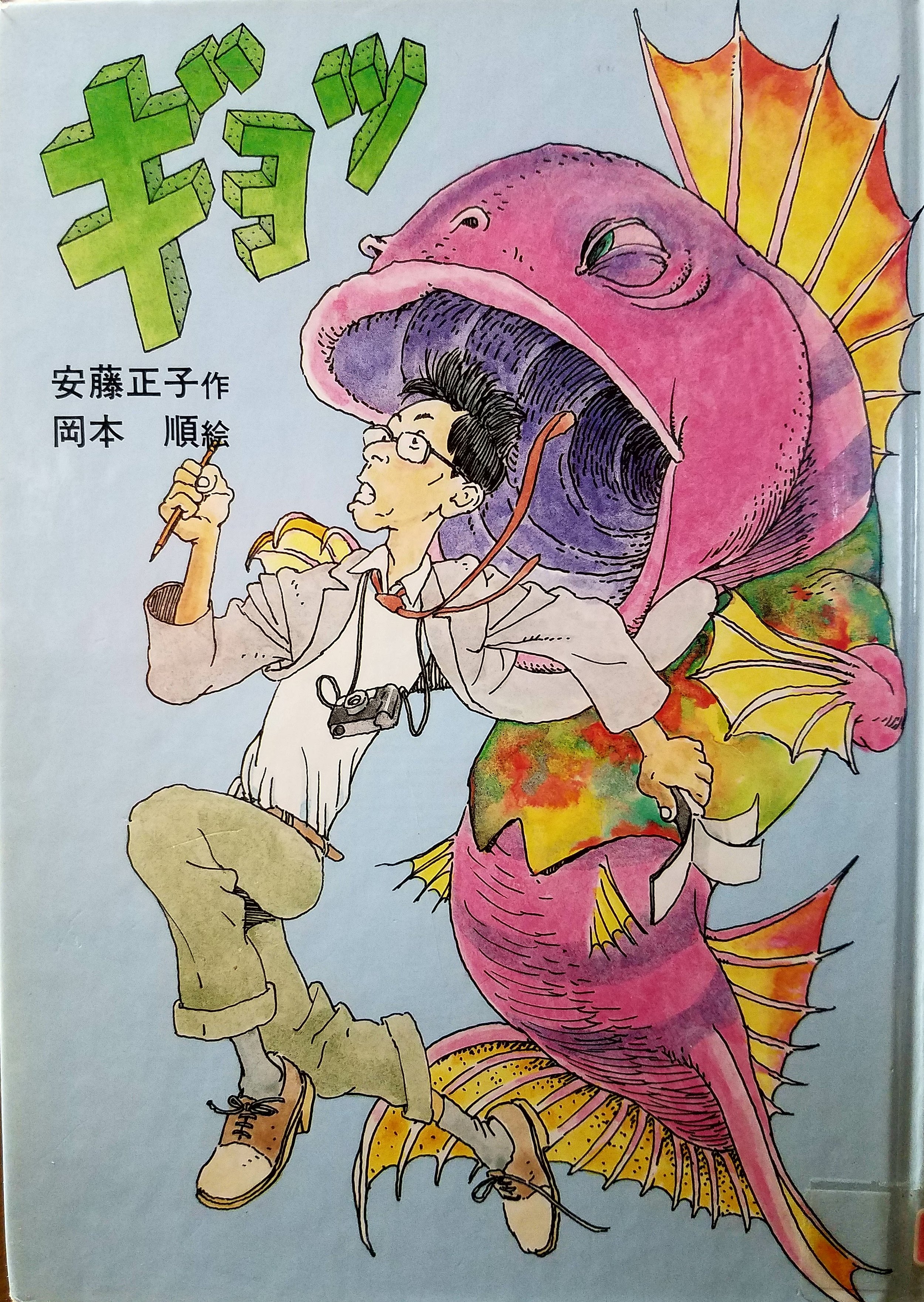Liberace's Filipino Cousin by David R. Brubaker (ThingsAsian Press)
One of my favorite genres to read is the travel essay. I love to travel and to share stories about where I've been and what I've experienced, so it should come as no surprise that I’m also an avid armchair traveler. The destination where I recently found myself traveling was through the eyes of David R. Brubaker in his collection of essays on his life and adventures in the Philippines.
Forget the Lonely Planet guide. Brubaker takes us even further off the beaten path to places we would never have considered, much less known about, without his amusing and entertaining anecdotes. His narrative ranges from stories of the "all-rounders," the Filipina maids and nannies who virtually raise the children of elite foreign nationals, to his quest to find out the members of a mysterious group called "The Lucky Buggers Club." Brubaker discovers the club consists of the male "trailing spouses" of expat wives, a group who spends all its time playing golf, drinking beer, and not having to work.
In common with Brubaker's wife Marilyn, I did find one of his chapters quite disturbing, in which he writes about a Filipino local named Tony. No matter how you try to rationalize this man’s trade, the bottom line is his story is about a man who is proud of hooking up young Filipina women with older foreign gentlemen. Yes, the man is proud to traffic women and defends his practice by saying he is providing a service to help these women and their families flee the poverty of their nation. (Unfortunately, I don't believe this is a problem confined to the Philippines as it is a widespread issue throughout Southeast Asia.)
But there is no doubt after reading this book that you will want to make plans to visit a country that’s so varied and colorful with its lush green vegetation, islands still ripe for development, friendly people who may be poor but are happy, sunshine, and beautiful beaches. However, Brubaker doesn’t shun the reality of the crime and poverty of Manila or other areas of the nation even as he makes clear that if you use your common sense there are hundreds of adventures to be had in the Philippines.
I thoroughly enjoyed my adventures in the Philippines as seen through the eyes of Brubaker and believe that anyone who reads Liberace's Filipino Cousin will enjoy it too.~ Ernie Hoyt
Available at ThingsAsian Books


